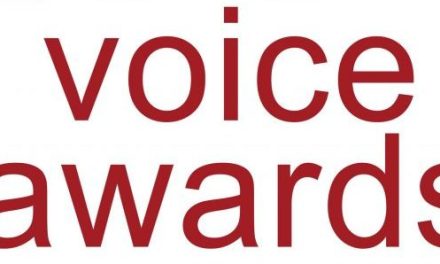An essential element that can define which businesses succeed and which don’t is how managers acknowledge, manage and de-escalate the conflicts that may arise. We asked international expert mediator and facilitator in conflict resolution, Jane Gunn, what are the best ways to de-escalate conflict?
What leaders can do
- Appreciate the danger of doing nothing. At both a business level and as individuals, don’t deny or ignore the early signs of conflict. Allowing conflict the time to escalate will have a multiplier effect on its subsequent consequences, which means situations can soon feel out of hand or are much harder to resolve.
- Create a safe space to address issues. Conflict often arises when our expectations about a person or situation are not met, perhaps because of a difference in interests or a breakdown in communication. The threat response is easily activated so the goal should be to minimise that response and maximise positive engagement to reap the rewards of collaboration. The establishment of a safe space is needed to do that. Internal or external assisted negotiation is often very helpful at this point.
- Check what outcome both parties want. Once high emotions have been calmed and you have reached a point of being open to collaboration, ask both parties what outcome they are looking for to see if a middle ground can be reached. Have collaboration at the heart of all solutions. If agreements are reached, constantly revisit it to see if everyone is still ok and going in the same direction.
- Pre-empt conflict. When signs of conflict do arise, most people are unaware of what to do next. Conflict is an expectable and unavoidable part of human nature. Planning for it and having protocol in place and a culture that values diversity means conflict can be dealt with in a crucially timely fashion.
What individuals can do
- Breathe. One of the things we forget to do in highly stressful situations is breathe. We tend to take short, rapid breaths when we are stressed which leave us without the right balance of oxygen and carbon dioxide in the brain. This is necessary for us to think clearly. In the moment concentrate on your breathing, making your breath calmer and slower.
- Accept different interpretations of the same event. We often struggle to accept that someone may see the same situation in a very different way to the way we see it. We interpret everything we see, hear or experience according to pre-existing views related to religion, profession, age, gender, sexuality, race and through our own experiences. We then tend to filter out the possibility that another person may have a different viewpoint. Instead of trying to make the other party see your point of view, try to see why they believe what they do and why it is so important to them.
- Be transparent and honest. If possible, in the first instance try talking directly to the other person involved and telling them how this conflict makes you feel or how it is affecting your work. If this isn’t possible or hasn’t worked, then ask for support from someone who can be objective and can help mediate. Avoid gossiping and letting the rumour mill run.
- Choose playback over having parallel conversations. When there is an exchange of information without either of you really listening to the other, we simply interpret what has been said, edited by our own perspective, biases, assumptions, judgements and inferences and we are likely to imagine the worst. At the same time, we often have parallel conversations, sharing those interpretations with other people rather than addressing the issue directly. Instead try to reflect or playback to them what you think you heard, so they can correct you if needs be. True listening is courageous because then you are entertaining the thoughts of someone else.
- Show empathy by putting yourself in their shoes and trying to understand what that person is feeling. Acknowledging another person’s emotions and experience of a situation can help you better understand their reasons behind the conflict. Perhaps they feel left out in the workplace for example. This can trigger the same response in the brain as physical pain.
- Be respectful. Give a very clear indication that you are respectful of the other party’s needs, interests, fears and concerns, even if you fundamentally disagree with them. Both sides need to feel they have been heard properly and that their experience of that situation does matter. Know that collaboration will be at the heart of any solution.
Author: Jane Gunn, The Barefoot Mediator







